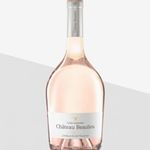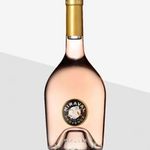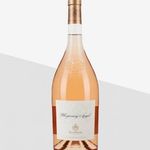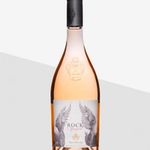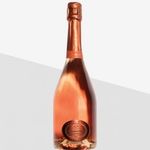
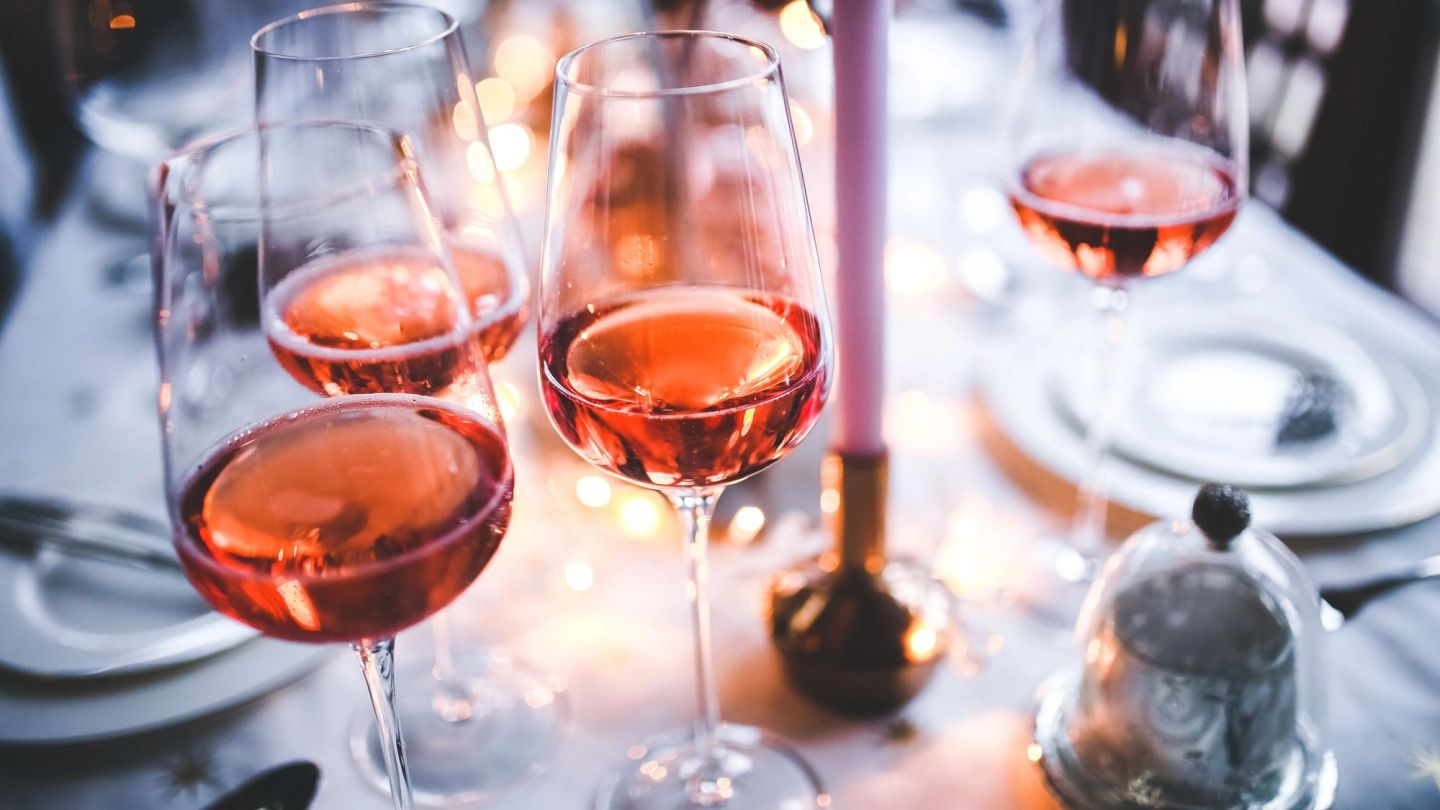
It’s spring, and these are the rosés you should be drinking
The days are getting balmier, and rosé season is fast approaching. We've selected the best pink wines to see you through...
Words: Izzie Price
It’s time to send your Syrahs back to the cellar for another year and dig out your ice bucket — because rosé season is back! In 2021, this pinkest of drinks is lauded and lapped up by all in its shimmering, pastel-hued glory.
It’s a fruity beacon of warmer weather and, thanks to trailblazers such as Sacha Lichine (creator of the delectable Whispering Angel) and his debonair contemporaries, rosé has bloomed into a universally revered wine. We doubt there’s a wine-loving soul around who’d deny rosé’s ability to soothe, cool, refresh and excite; and any gentleman is guaranteed to step up his suaveness with a glass of rosé in hand.
With this in mind, we wouldn’t want you to be at a loss once temperatures really start to pick up; and so we’ve put together a list of the rosés you should be drinking this spring. Wine glasses at the ready, because this list promises a treat for your eyes, your palate and your Instagram followers…
AIX
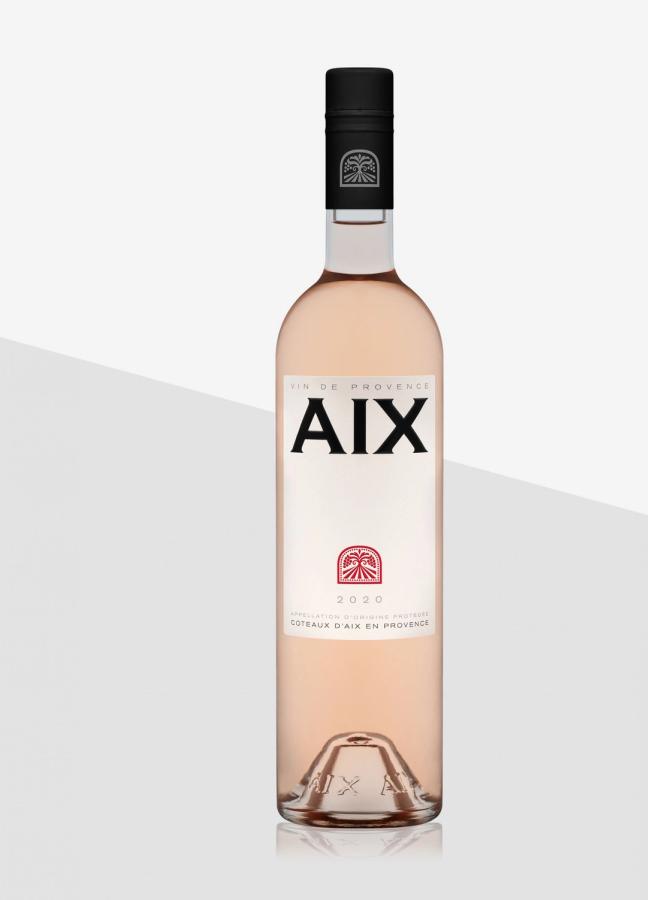
Where is it made? Maison Saint Aix, in the heart of Provence (where else)? There’s a reason Provence offers some of the richest, most sought-after terroirs in the world; with its rich soils oozing with minerals, its 300 days of bright sunshine a year and those divinely refreshing Mistral winds, it provides the perfect conditions for Grenache, Syrah and Cinsault grapes (as luck would have it, the grapes used for AIX rosé). Thanks to Maison Saint Aix’s elevation (it reigns supreme at 420m above sea level), the fruit enjoys cooler nights and drier vines on dew-drenched mornings: giving it even more delectable flavour.
What does it taste like? Its delicate salmon colour hints at evocative flavours to come; and the wine itself doesn’t disappoint. On the nose, it’s delightfully fresh and fruity (those Mistral winds truly can do the trick), and the aromas that spiral out of the bottle have an almost candied quality to them. The word ‘candy’ can induce shudders in anticipation of a saccharine wine, so let us put those fears to bed — the palate is greeted with a refreshing crispness, combined with subtle hints of red fruit, citrus and a hint of spice.
How should I drink it? Well, we’d suggest paying homage to the wine’s salmon hues with the real thing. Salmon is a divine dish to partake in during the spring, so we’d recommend creating a salmon-pink aesthetic across the length of your table. We’d advise keeping it simple; poached salmon is an ideal way to let its flavour speak for itself, and you won’t have any overtly-strong savoury elements detracting from the subtlety of the wine, which — especially in the case of AIX — should always be the main event.
Château Beaulieu Cuvée Alexandre
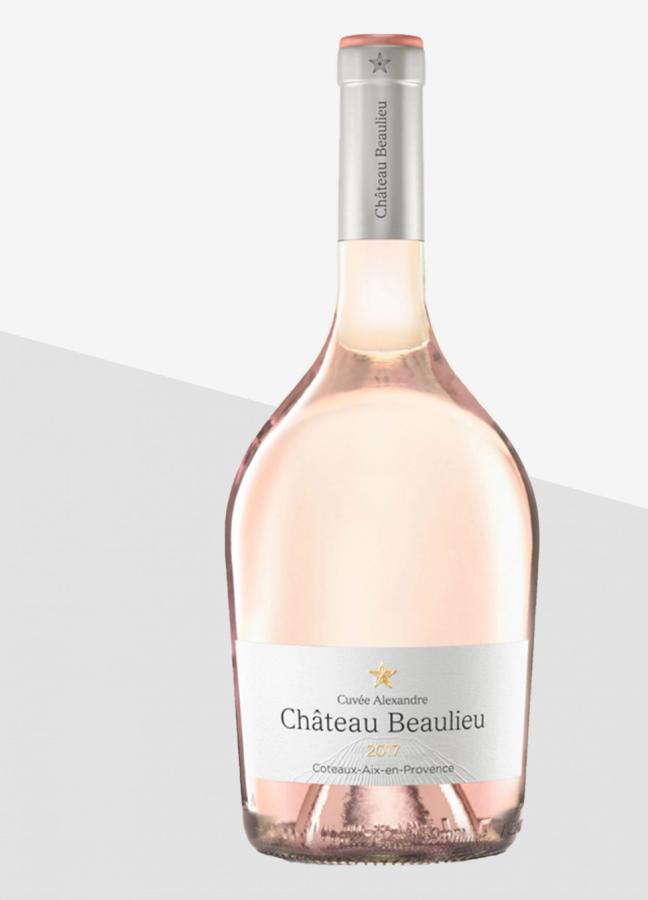
Where is it made? We’ve got Château Beaulieu to thank for this enticing bottle. Comprising 180 hectares of vines, the estate is located in the heart of Coteaux d’Aix-en-Provence and in an ancient volcanic crater, to boot. Its vines grow at a triumphant altitude of 400 metres, and the warm, dry Mediterranean climate balances out those Mistral winds, which blow in from the North. As a consequence, the vines aren’t stressed and the wine is sure to carry a resultant freshness, together with the rich flavours of the fruit.
What does it taste like? There’s a sublime clearness to this wine; which makes the intense aromas of redcurrant and wild strawberry notes somewhat surprising. No sooner has the drinker overcome his surprise, though, when these initial notes develop into aromas of white peach and pear (two fruits that carry overtones of summer days in their very names). On the palate, there’s a cleansing acidity; and the finish is carried off by a refreshing length.
How should I drink it? We’d encourage drawing out those fruity overtones and that refreshing finish with a fruit-oriented salad. If possible, try to work pear in there somewhere (possibly alongside walnuts and a light cheese, all put together with rocket, or an alternative leaf of your choice). Keep it light — trust us, you won’t want to overwhelm this wine — but don’t be afraid to experiment with a delicate flavour or two.
Miraval

Where is it made? Nestled deep in the heart of Provence lies the village of Correns — the first 100% organic village in France — and tucked away in its own private valley, amidst all those blue-shutted stone buildings, lies Château Miraval: all fifty hectares of it. Having served as a home to the French court in the 14th century, it’s been owned by the Perrin family since 2012. Under their careful guidance, the estate guarantees the very latest advancements in winemaking innovation.
What does it taste like? The exquisite paleness of the colour might lead partakers to (mistakenly) anticipate a lack of flavour. Not so. The nose is greeted with subtle yet unmistakable aromas of fresh strawberries and spring flowers, making it the perfect beverage for both spring and summer. But don’t let the strawberries deceive you; the finish is delightfully acidic, with a refreshing minerality and something of a saline hue.
How should I drink it? This is a wine with a history, and it should be treated with the respect it so richly deserves. We’d hope it goes without saying, but this is not a wine to rush. Serve it chilled (though not frosty; you don’t want to lose any of the flavour to too many hours in the fridge), in a generously sized glass. Sip, savour and sigh at the blissful associations of summer days and relaxation that rosé can’t fail to provoke.
Whispering Angel
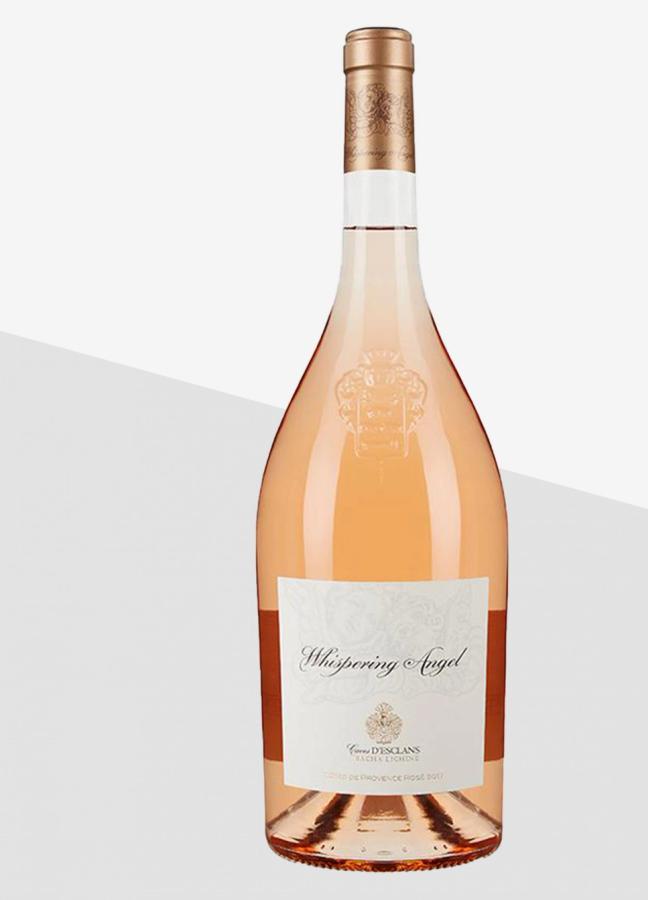
Where is it made? Well, we’ve already hinted at the revolutionary genius of the man known to the world as Sacha Lichine; but what we didn’t mention was where this genius revolution takes place. The answer: Château d’Esclans, acquired by Lichine in 2006 and home to those innovative, unique winemaking techniques that Lichine brought to Provence. (If you’d like to read more about the revolutionary techniques in question, we can help you out there…) Made from Grenache, Cinsault and Rolle (Vermentino), this wine is largely responsible for giving rosé the good name it happily boasts today.
What does it taste like? This is a rosé that truly is one for every conceivable occasion, whether that’s a white tie dinner, a relaxed summer barbeque or simply a 12pm Sunday solo indulgence. On the palate, it’s divinely fresh (perfect for that heatwave we know is coming…), with hints of summer fruits. There’s a sublime salinity to the finish, which should dispel any fears of a heavy, sugary wine (which, we can stoically confirm, this is not).
How should I drink it? Remember: if you’re savouring a glass of Whispering Angel, you’re lucky enough to be sampling a rosé at the top of the game. This isn’t a time to hold back, or to economise. You’re already treating yourself; why not take the indulgence to a new level, and pair the wine with a suitably decadent dish like oysters? We know they can be tricky to prepare, so for any cynics: we’ve got the perfect oyster inspiration for you here.
Rock Angel
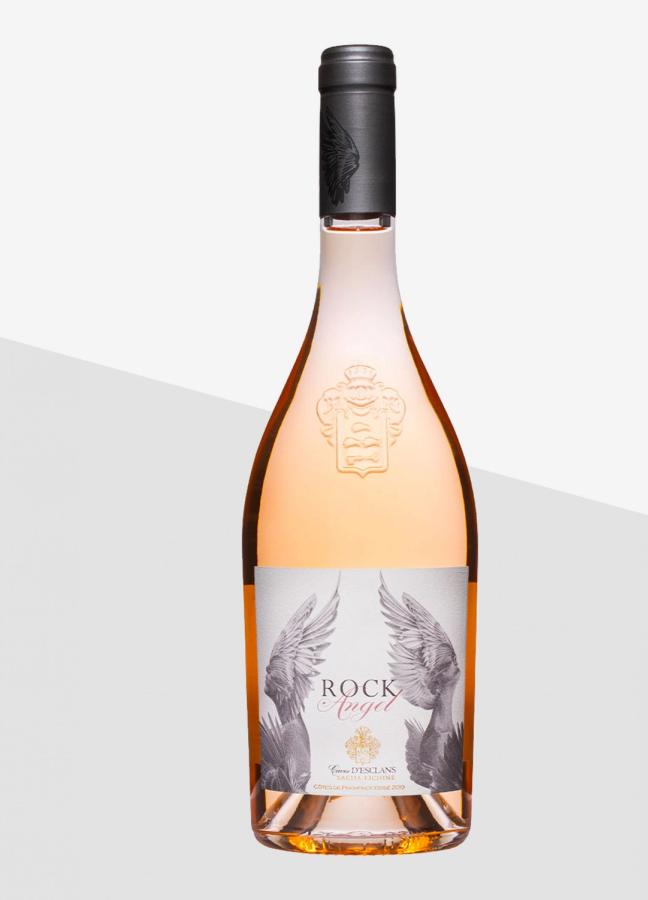
Where is it made? No, it’s not a coincidence; Rock Angel can indeed be attributed, once again, to Lichine. It’s a reworking of his original blend, and somewhat more complex and structured than its original counterpart. It’s partially fermented in large oak barrels, and is similarly made from Grenache, Cinsault and Vermentino. If you’re a seasoned wine expert looking for an even richer tasting experience, this is just the wine for you.
What does it taste like? There’s an abundance of flavours to this rosé — so much so, that they might seem oxymoronic in any other setting. Not here. The merging of succulent strawberry, sharp redcurrant and soft hints of honey give it a delightfully seasonal air; and there’s an elegant minerality to it that previously could only be feasibly boasted by a Sancerre.
How should I drink it? Like its fellow Château d’Esclans bottle, this is a time to indulge. But indulgence comes in many forms. In this instance, we’d recommend pouring yourself a generous glass of Rock Angel (but don’t knock it back; savour every mouthful) and pairing it with a stonebaked pizza. This is a wine intended to be not only enjoyed, but revelled in. A simple, rustic pizza will bring a relaxed, uncomplicated quality to the meal; perfect for savouring every sip of rosé at a table echoing with laughter and replete with calm.
Minuty
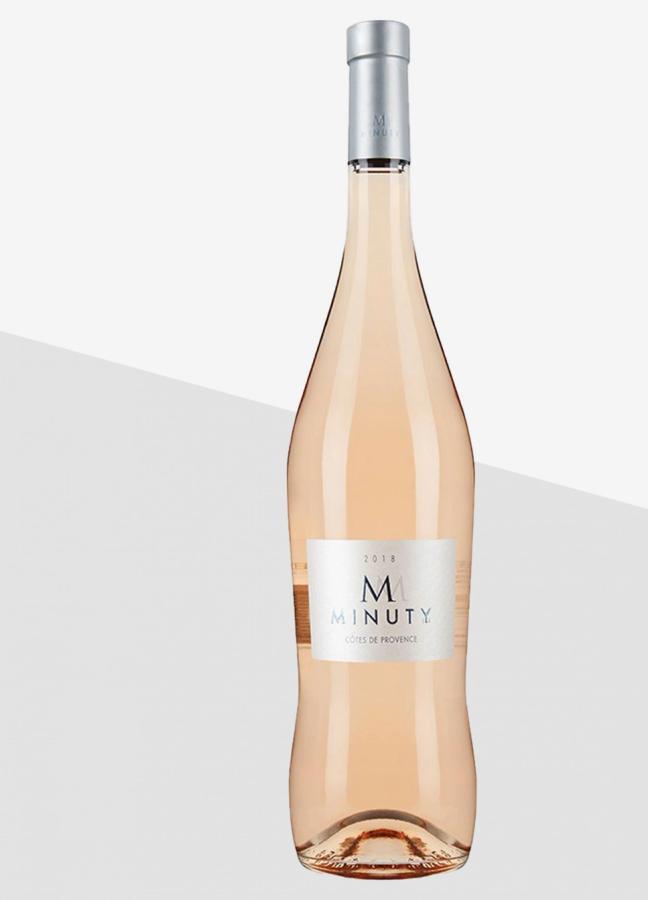
Where is it made? There is no doubt that this is something of a ‘holiday’ wine — one with hefty associations of tanned limbs, olive groves and the transparent turquoise waters of the Mediterranean. Presumably, this is due to its origins: Château Minuty resides in the Provençal village of Gassin, on the Saint-Tropez peninsula. The estate is owned by the Matton-Farnet family, and has been for over eighty years. Now, the estate is steeped in a rich heritage whilst boasting a contemporary, state-of-the-art facility: resulting in wine of the highest quality.
What does it taste like? On the nose, there are gentle wafts of orange peel and redcurrant. The delectable fruity overtones continue on the palate, with candied peach and grapefruit making themselves abundantly known. And the finish is crisp and dry as a bone, in true Côtes de Provence style. If you’d like to hear more about these complex, varied flavours, we’ve got lots more details for you here…
How should I drink it? The options are endless; this is a wine of great flexibility, and so we’d recommend making the most of it with an experimental accompanying meal. Why not try your hand at Provence-derived pistou soup — a celebration of vegetables if ever there was one? Or enjoy this rosé at a barbecue, with grilled meats and some skewered prawns. Or why not cut to the chase, and enjoy it with a generous helping of apricot pie? This rosé is your oyster (and that aphorism can be taken in any way that suits…).
Malbec
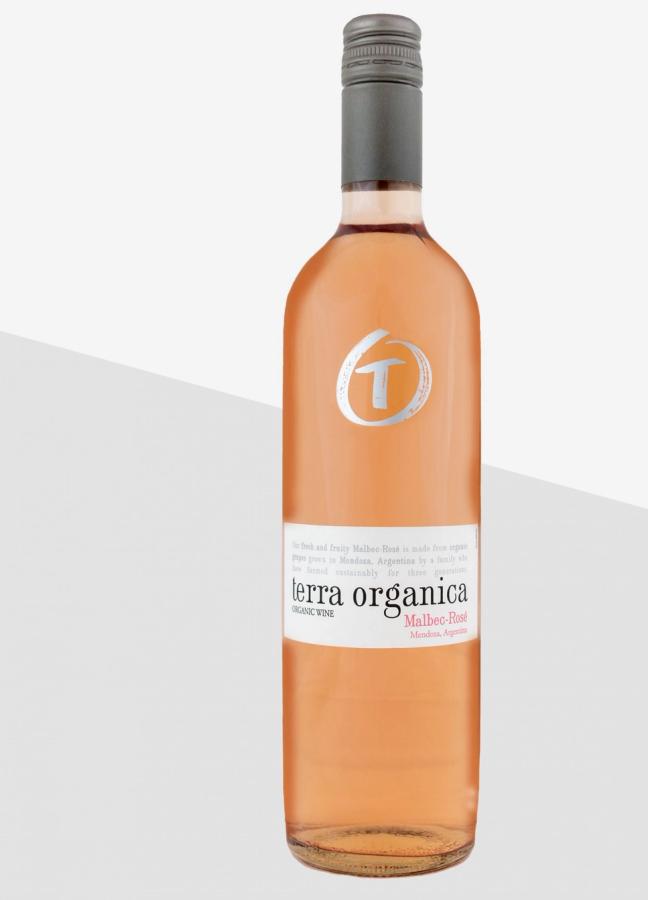
Where is it made? We’d hate to be predictable; and so where this rosé is concerned, we’ve journeyed over the seas to Argentina’s Mendoza wine region. Produced by the Zaccardi family, you can trust that this wine is as organic as they come — and this is made clear by the flavour. For three generations, the Zaccardi family have farmed the land as sustainably as possible; even going so far as to create their own wormery, which creates organic fertiliser by composting the grape skins and stems. This passion for the land is rewarded by grapes of the highest quality, bursting with flavour.
What does it taste like? Dry and fruity are two words not often paired together in the same sentence, unless there’s a negative in there somewhere. But in this case, we can confidently assert that the two can not only be paired together, but can actively compliment each other. This rosé has a crisp dryness and is simultaneously flowing with red berry flavours. As a consequence, the finish is divinely soft, making it the perfect refreshing accompaniment to your Easter weekend.
How should I drink it? It’s another versatile wine and, again, the opportunities stretch as far as the taste buds can see. It’s a full wine, so lends itself well to hearty, filling dishes — it would pair well with a pasta dish, possibly a seafood linguine. But a full wine can also be blissfully enjoyed on its own: so this might be the perfect occasion to take yourself off for that alone time you’ve been craving all through lockdown, ice bucket in hand. Take a book, or put some gentle jazz on in the background: sit back, relax and indulge, one sip at a time.
Frerejean Frères
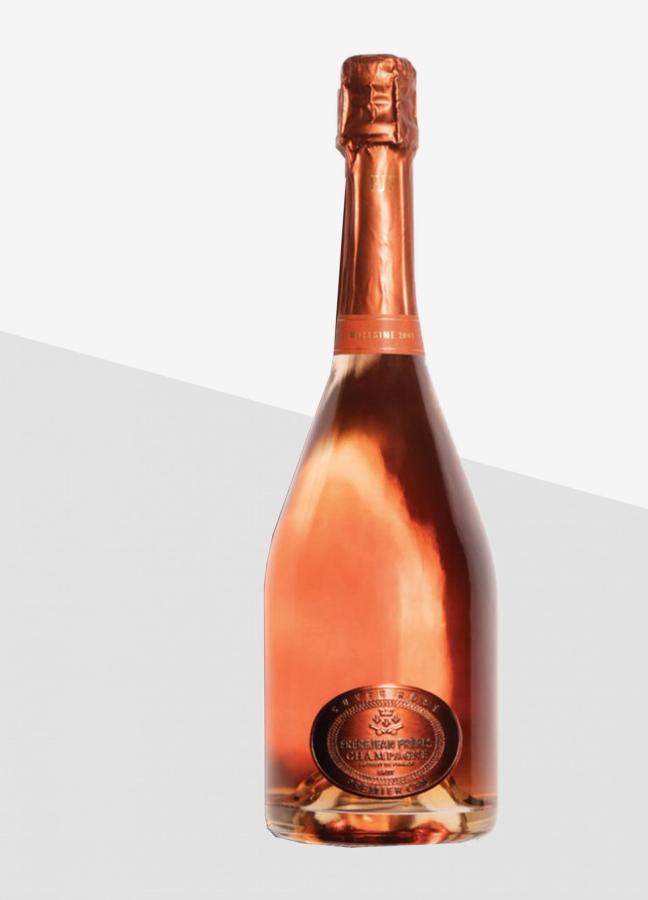
Where is it made? Maison Frerejean Frères is typically renowned for its champagnes, rather than its rosés. But bear with us; this rosé is a tantalisingly delicious wine that is guaranteed to make your spring months that much more enjoyable. Situated in the Grand Cru village of Avize, the estate nestles in the heart of the Côtes de Blancs, Champagne, and is home to rolling hills of vines, exquisitely grown with special attention to environmentalism, resulting in a rosé of sophisticated maturity.
What does it taste like? On the nose, there are soft, warm aromas of berries and raspberries, sure to put any imbiber in a light, summery mood in an instant. These aromas gently give way to accents of plum and toasted brioche, lending a mouth-watering richness to the wine alongside a nod to its French heritage. Finally, there’s a balanced acidity that makes it an elegant, refreshing champion of the good rosé name.
How should I drink it? In true spring and summer style, this delectable wine can be best enjoyed with a large seafood platter. Prawns, clams, lobster, smoked salmon, shrimp…the list goes on and on. A seafood platter is a time to indulge, to be decadent, to experiment with flavour and to delight in a scintillating cuisine; and Frerejean Frères’ rosé encapsulates indulgence, flavour and delight in spades. Together, the two will combine to cultivate an occasion guaranteed to be remembered for many months hence.
More of a spirits man? These are the top 10 tequilas (to sip, not shot)…
Become a Gentleman’s Journal member. Find out more here.

